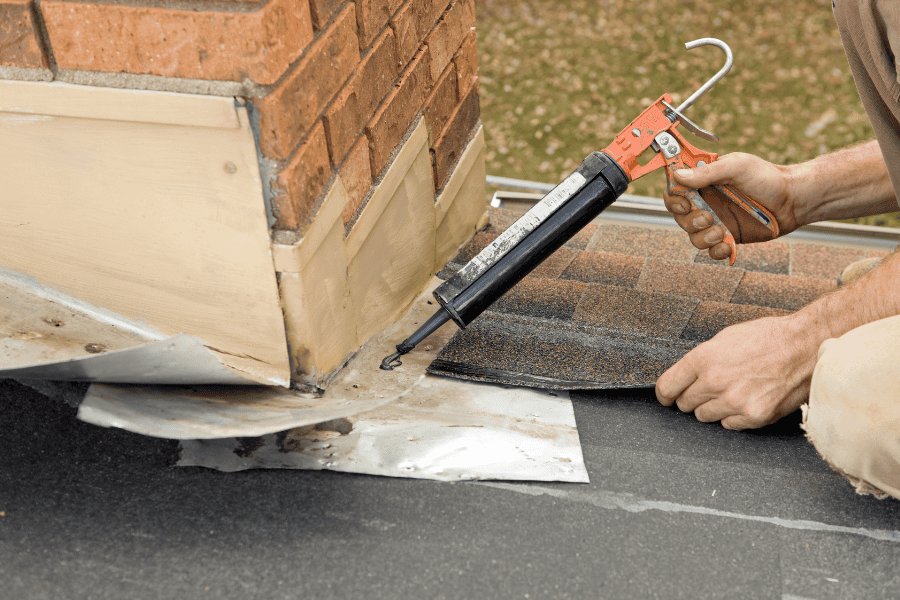A Homeowner’s Guide to Chimney Repair and Maintenance
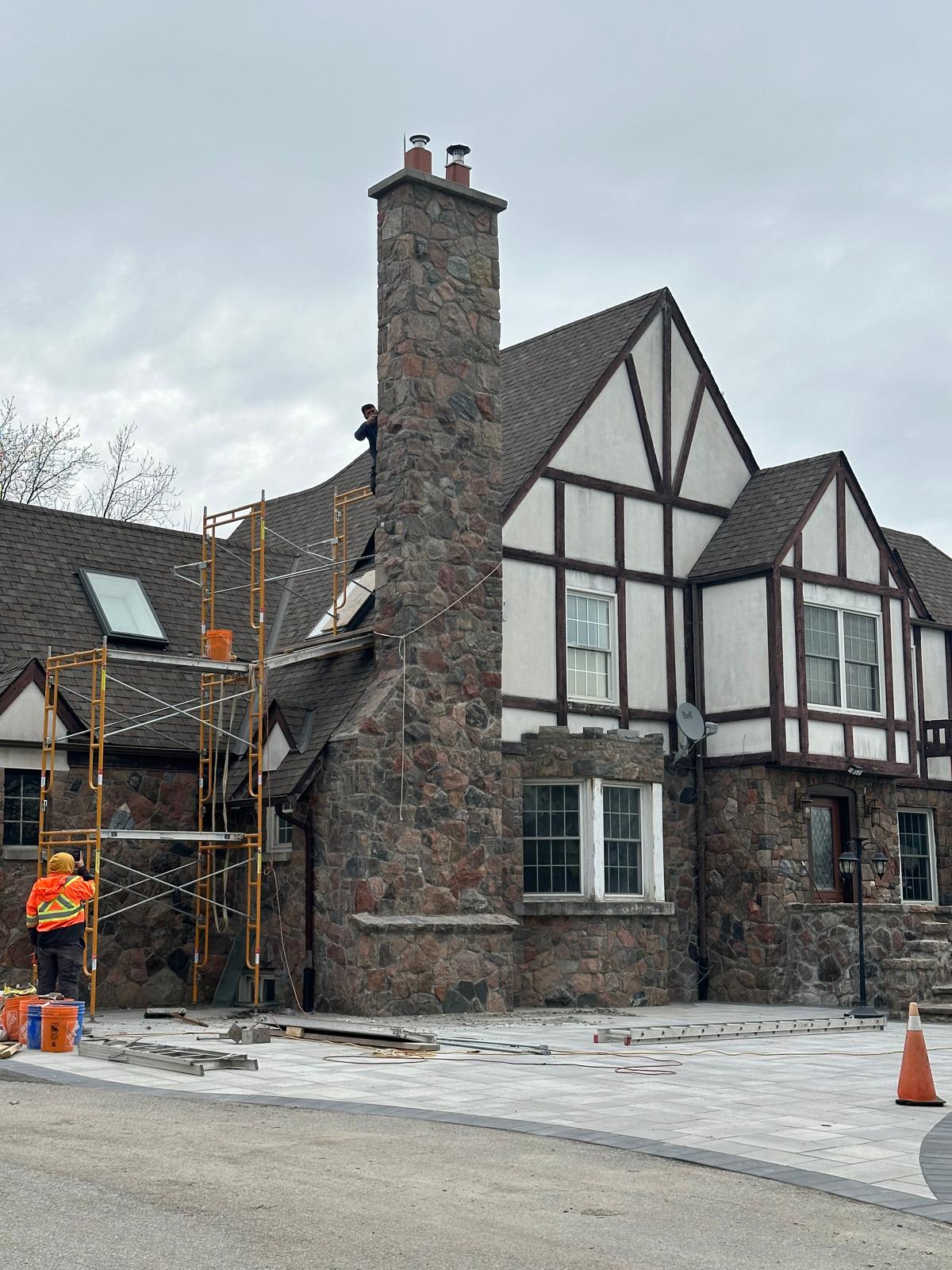
Owning a home requires understanding the significance of regular maintenance that guarantees everything functions safely and properly. This is especially true for your fireplace and chimney. Because the chimney is a structural component, any damage left untreated can lead to serious and costly problems. A regular inspection and maintenance routine allows for the early detection of minor flaws before they become larger, more expensive fixes.
What Are the Signs of Chimney Damage
Early detection of chimney problems can save you money on repairs while also protecting your house and family. Keep a watch out for the following typical warning signs:
- Cracks in the Masonry: Visible cracks in your chimney’s bricks or mortar signal structural difficulties that require qucick attention. These cracks allow water to soak in, which can exacerbate the damage.
- Efflorescence: White, chalky deposits on the chimney’s exterior suggest water is getting in. Damaged flashing or chimney caps are common causes, allowing moisture to penetrate and weaken the masonry.
- Spalling Bricks: Spalling happens when moisture gets trapped in bricks and freezes, causing them to crack, flake, or pop out. This weakens the chimney’s structure and creates a safety risk.
- Damaged Flashing: Flashing is the metal barrier that seals the gap between the chimney and roof. If it’s rusted, loose, or missing, water can enter your home, causing leaks and water damage.
- Leaning Chimney: If your chimney looks like it’s tilting, it’s a serious structural problem that needs immediate attention. This could mean foundation issues or weakened support structures.
How To Fix Chimney Damage
Masonry fireplaces, whether wood-burning or gas, add warmth and charm to your home, but over time, they may require chimney repairs. Cracks in the bricks or in the joints between them are common signs that your chimney needs attention. Repairing these cracks early can help prevent expensive repairs down the line and, more importantly, keep your family safe by reducing the risk of chimney fires. Here are some of the most common chimney repair solutions:
Vertical and Horizontal Cracks
Vertical cracks typically stem from vertical shifts in the chimney’s structure, often due to foundation issues or natural settling. On the other hand, horizontal cracks often occur due to thermal expansion and contraction, paired with moisture from freeze-thaw cycles. To prevent future cracks, it’s important to ensure your chimney has proper expansion joints, which allow the masonry to move and reduce structural stress.
When dealing with cracks monitor their size and pattern over time to catch any worsening issues. Small cracks can be sealed with caulk or mortar repair products to stop water from seeping in. Be sure to thoroughly clean the cracked area before applying the sealant or filler to ensure strong adhesion and lasting results. If the foundation is contributing to these cracks, it may be wise to consult chimney repair professionals to assess the situation and recommend steps to stabilize your home. Early detection and timely repairs play a major role in preserving your chimney’s strength and longevity.
Efflorescence
Efflorescence is another common chimney issue. It occurs when moisture inside the chimney evaporates, leaving behind salt deposits that appear as white stains on the surface. While efflorescence may seem like just a cosmetic issue, it actually signals high moisture levels within the chimney, which can lead to more serious structural problems if not addressed.
To treat efflorescence, first identify and eliminate the sources of moisture contributing to the issue. When cleaning existing salt deposits, use gentle methods like dry brushing or a mild detergent solution to avoid damaging the masonry. Simply cleaning the stains won’t resolve the underlying problem, so monitor your chimney for signs of excess moisture and address them to keep efflorescence from recurring.
Spalling Bricks
Spalling is a common issue in masonry chimneys, where moisture damage and freeze-thaw cycles cause the outer layers of brick or stone to break or flake off, gradually leading to chimney deterioration.
To reduce the risk of spalling, use high-quality materials during construction and apply proper repointing techniques. Adding a protective sealant made for masonry surfaces can also keep moisture out and prolong your chimney’s lifespan.
If spalling has already occurred, addressing it quickly is important to prevent more extensive damage. Begin by removing any loose or damaged bricks, cleaning the area thoroughly. When replacing materials, choose bricks or stones that match the original closely in size, color, and texture. Use precise repointing techniques to secure these replacements, ensuring a snug fit and preserving the chimney’s structural integrity.
Damaged Flashing
Damaged flashing around a chimney is more than a minor issue as it can lead to leaks, water damage, and compromised structural integrity if left unaddressed. Flashing serves as a seal between the chimney and the roof, preventing water from seeping into your home. When flashing becomes rusted, loose, or damaged, it loses its ability to keep moisture out, leaving your chimney and surrounding areas vulnerable.
To address damaged flashing, look for any signs of rust, gaps, or loosened materials around the base of the chimney. If issues are found, replacing or resealing the flashing will restore its protective barrier, preventing water infiltration. Using durable materials designed for weather resistance can also provide a longer-lasting solution.
Leaning Chimney
A leaning chimney might appear harmless, but it can pose serious safety risks and should be addressed promptly to keep your fireplace system secure. Leaning often occurs due to issues with the home’s foundation, poor construction, or damaged masonry.
To manage this problem effectively, regular inspections are essential for spotting any signs of tilting before they escalate. A professional evaluation of the chimney’s foundation can help identify weaknesses that may need reinforcing, while stabilizing the soil around your home and ensuring proper drainage can reduce ground shifts that affect structural integrity. Adding supports, such as chimney braces, also improves stability and helps prevent further leaning.
Contact the Professionals
It’s always a good idea to let the professionals take care of any issues with your chimney. They’re skilled in inspecting, sweeping, and repairing any damage your chimney might have. Would you like to schedule a sweep or inspection with our team? Request a Free Project Quote and let us make sure your chimney is safe and in top condition.
Get your Masonry Project completed with GTA Masonry for dreamy results you wont be able to stop admiring.
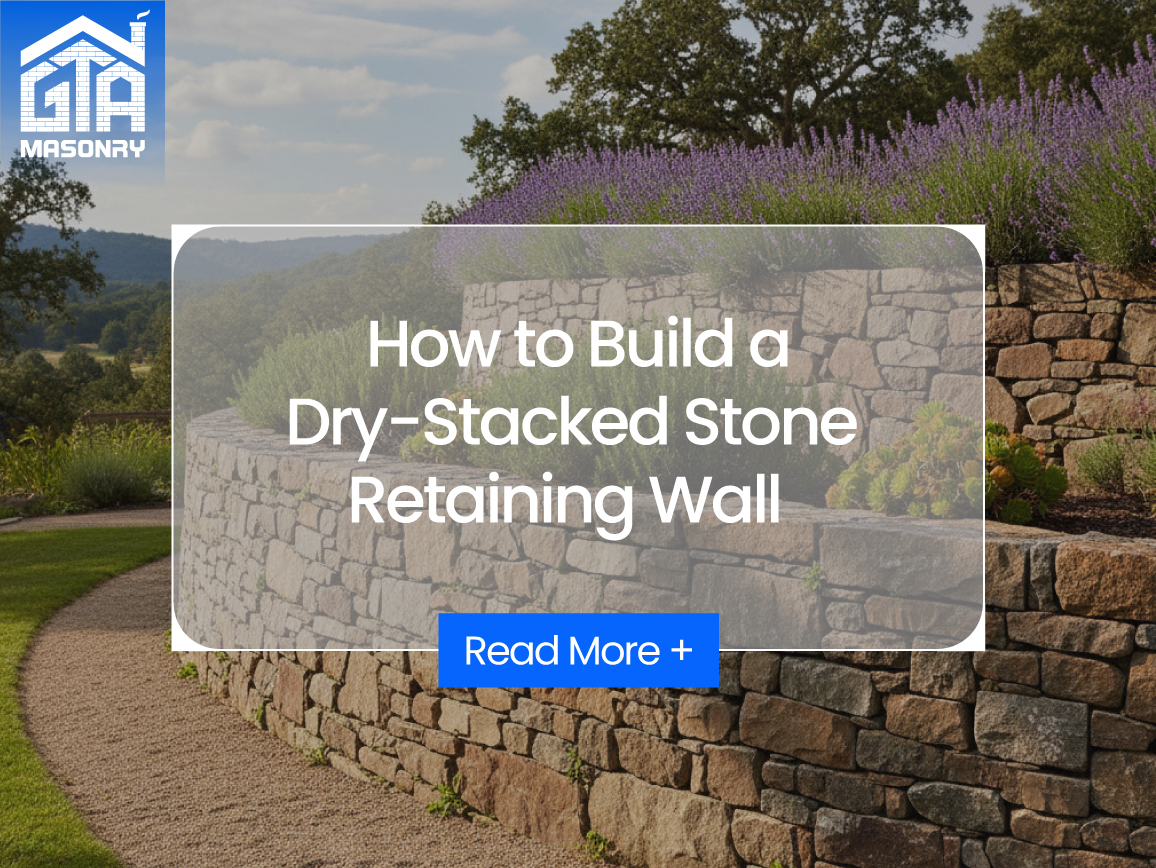

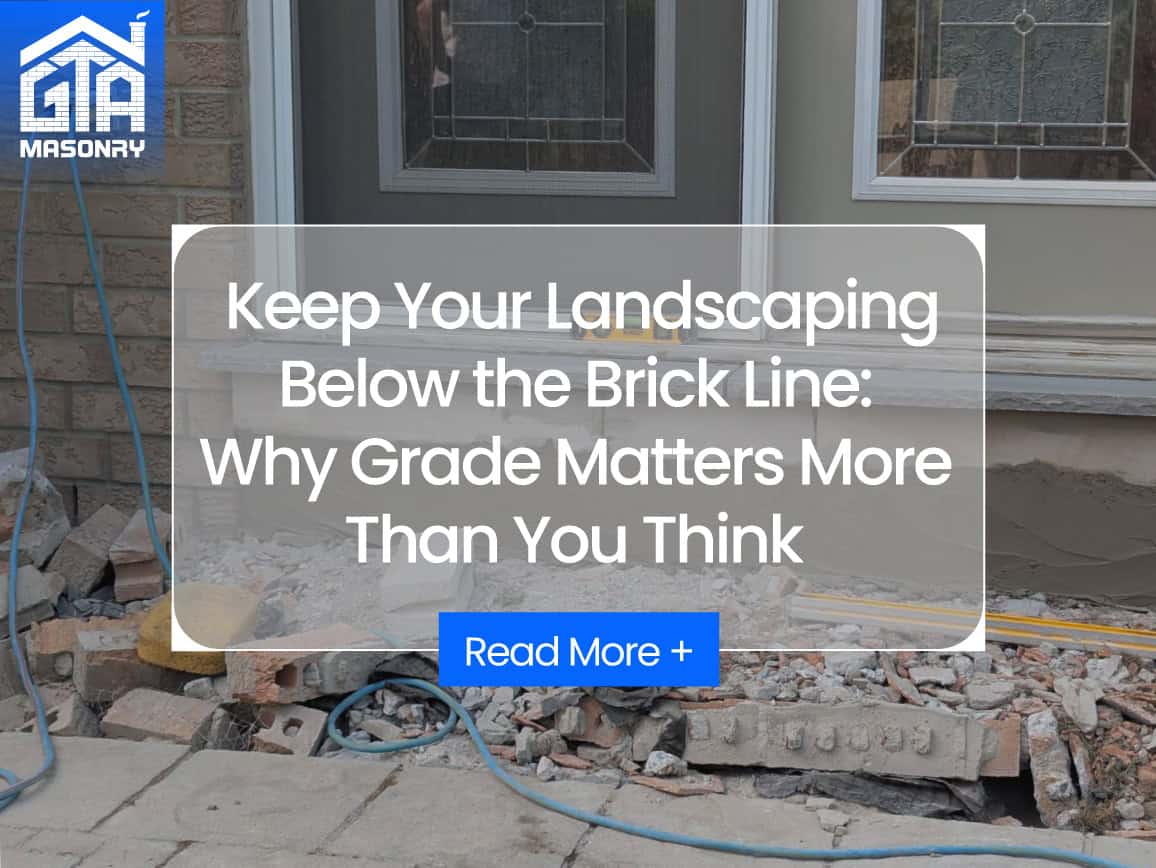

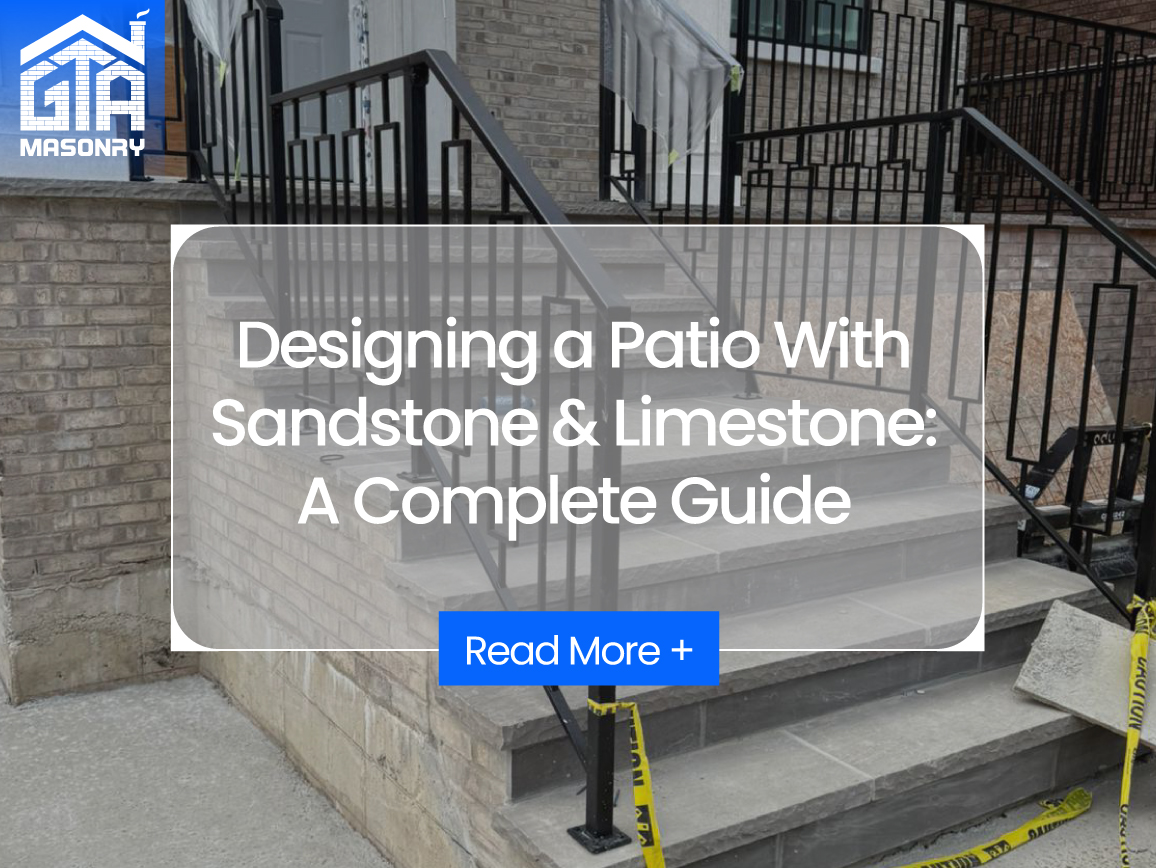
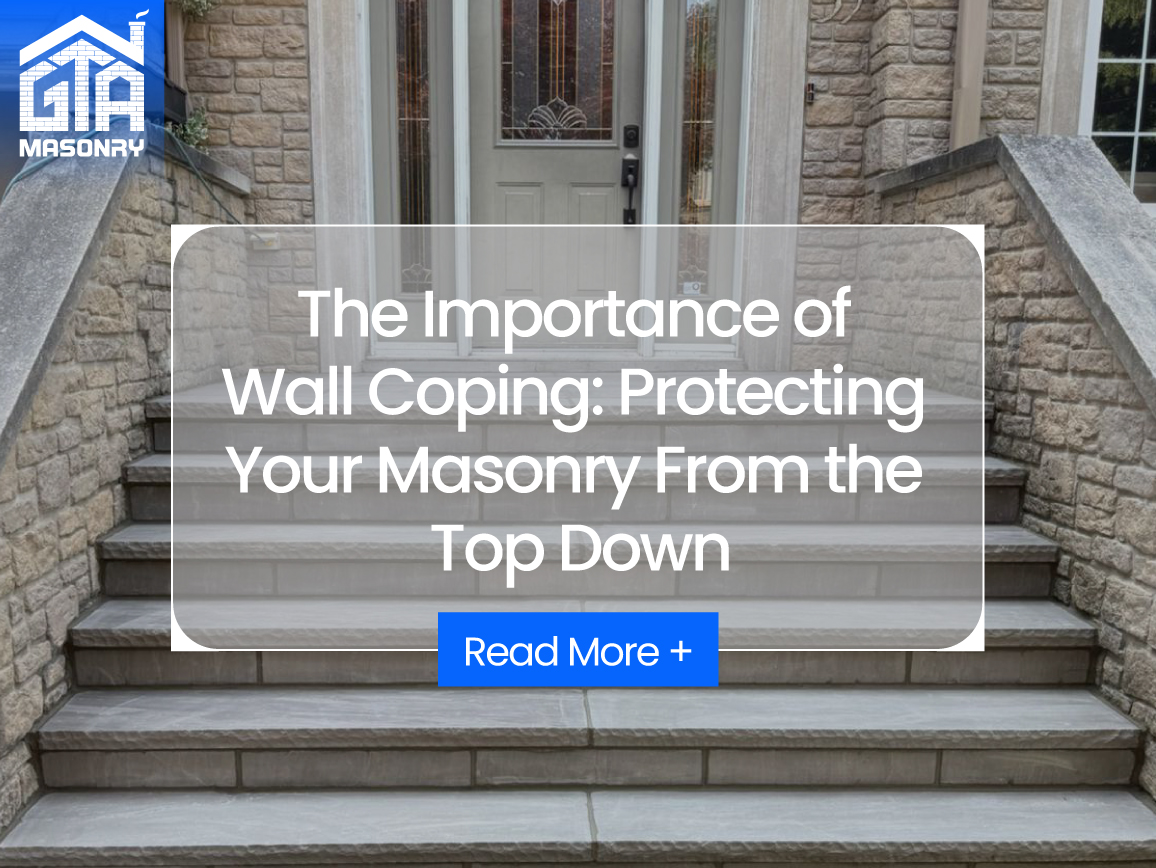

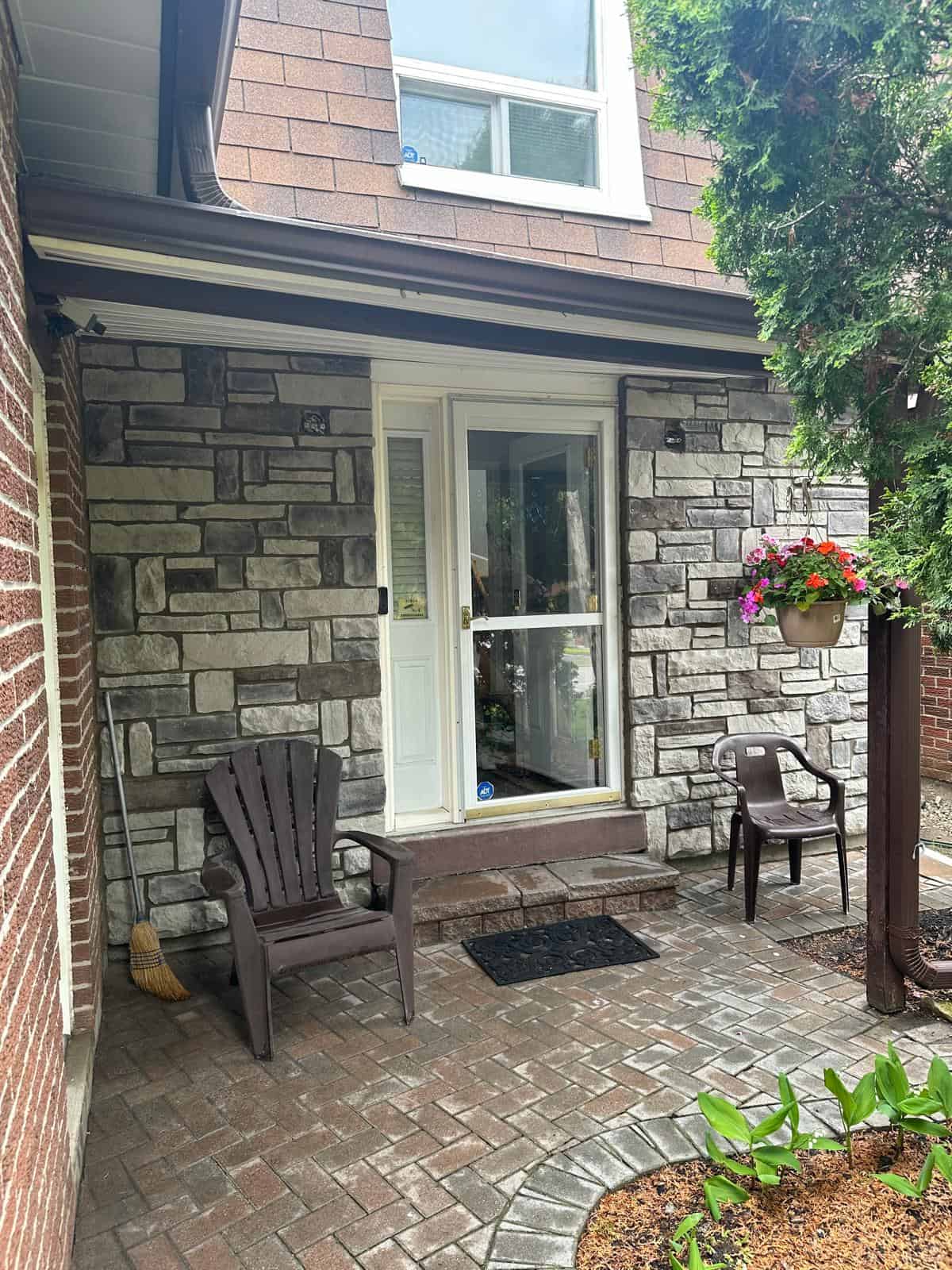


Hours of Operation
Monday - Sunday
8:00 AM - 8:00 PM

